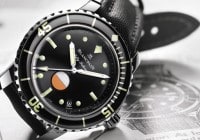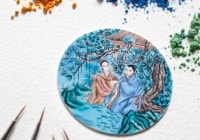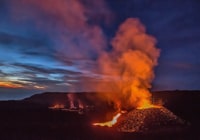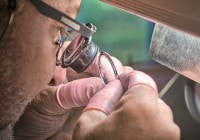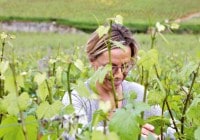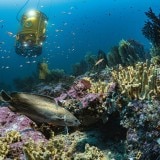
Search in Issues
Chapters
List of parts
Chapter 3
The volcano that burned the ocean
When the coral reef arises from its ashes.
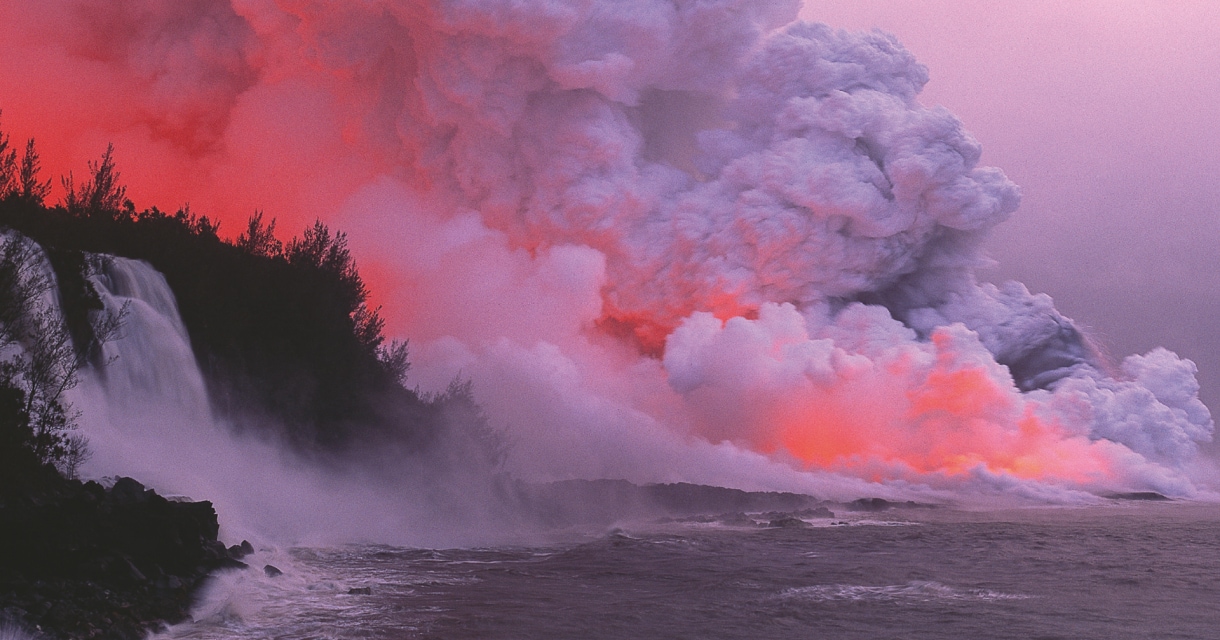
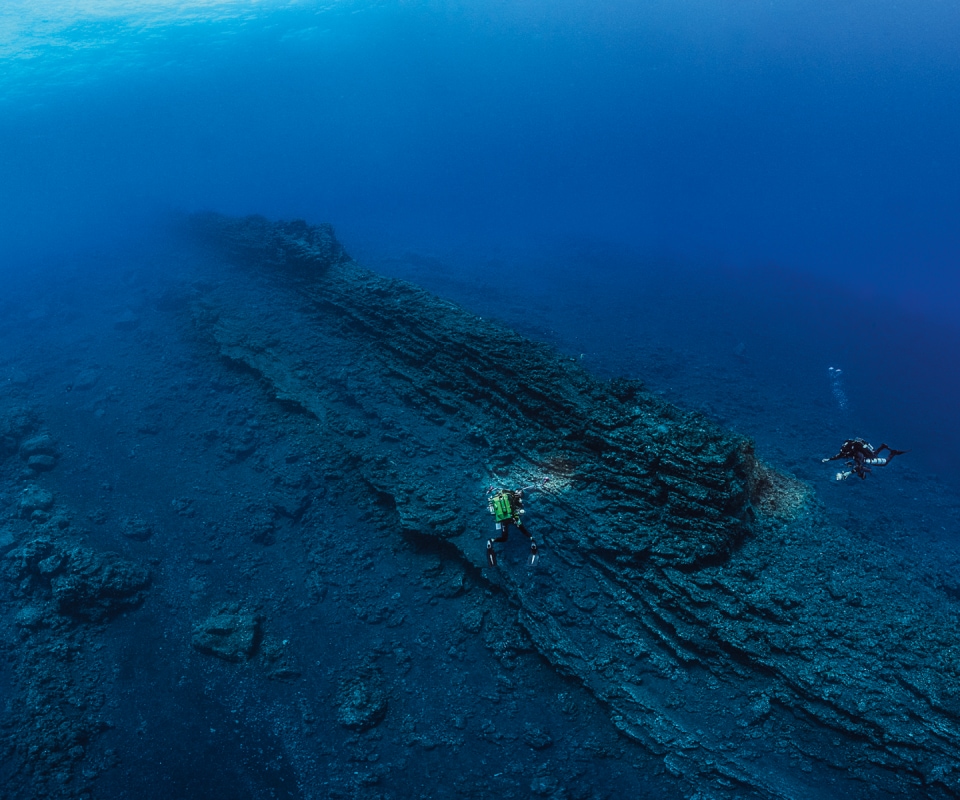
The lava flows are made of very delicate basalt. The ridges are still there ten years on but will soon disappear due to erosion and the coral concretions that will eventually recover.
The flows fell to a depth of more than 800 meters.
April 2007. The Piton de la Fournaise volcano on Reunion Island erupts. An exceptional eruption, such has not been seen in thirty years. The lava flows reach the ocean, destroying everything in their path, both on land and sea.
February 2017. Ten years later, our boat has just stopped in front of volcanic basalt cliffs, the solidified remains of the flows in 2007 and silent reminders of this disaster. What will we discover when we dive here?
What are we going to see here at the foot of this coast onto which 130 million cubic meters of lava poured? The flows fell to a depth of more than 800 meters. Obviously everything was destroyed, not only the coral and everything living attached to the rock, but also the fish nearby, which literally boiled and whose scarlet remains were found floating on the surface, miles from the site.
On the same day, Reunion Island expanded and France could boast that it had effortlessly gained 45 hectares of additional territory, virgin lands where the first mosses, the first lichens would take two years to grow. It would take eight years for the ferns to stake their claim, twelve for young shrubs to appear, three centuries for a forest to take over and another four for this so-called primary forest to erase every vestige of this disastrous past. A vegetative succession that will not happen here because since at least 1640 (the date of the first accounts), eruptions are way too frequent, with small flows at least once a year, and every ten to thirty years for this kind of major episode — a builder of land but destroyer of life.
And what of under the surface? How does marine life take back what is rightfully its own? Does it do it in the same way close to the surface and at great depths, where no diver has yet ventured? It is time to do a backward roll and go and see for ourselves, and then depict it as best we can. We must take advantage of the good weather, the sea is calm and there is reasonable swell, but it’s cyclone season and the charts are showing depressions forming further east, in the heart of the Indian Ocean. We will need to get moving with our deep dives, one a day, for as long as we can over the next ten days, because the next storm that strikes the coast and stirs up the water will herald the end of our mission.
For the time being, the water is crystal clear, the sun high in the sky and when I stop my descent at a depth of around 100 meters, I am fascinated by the visibility with which I am confronted. The vision is somewhat disquieting, the decor post-apocalyptic, with black rocks and sand, mineral chaos, which from far off appears desert-like, and one might almost think that the flow happened yesterday rather than ten years ago. One can clearly distinguish scree areas, along with far larger zones, never-ending black serpents diving below the surface and continuing their course towards inaccessible depths. I also note tangled “lava cushions”, those almost spherical forms stuck to each other that form when less massive lava flows cool down in a ball, and burst, giving rise to a new lava ball, which in turn stands still and then bursts with a new ball, and so on…
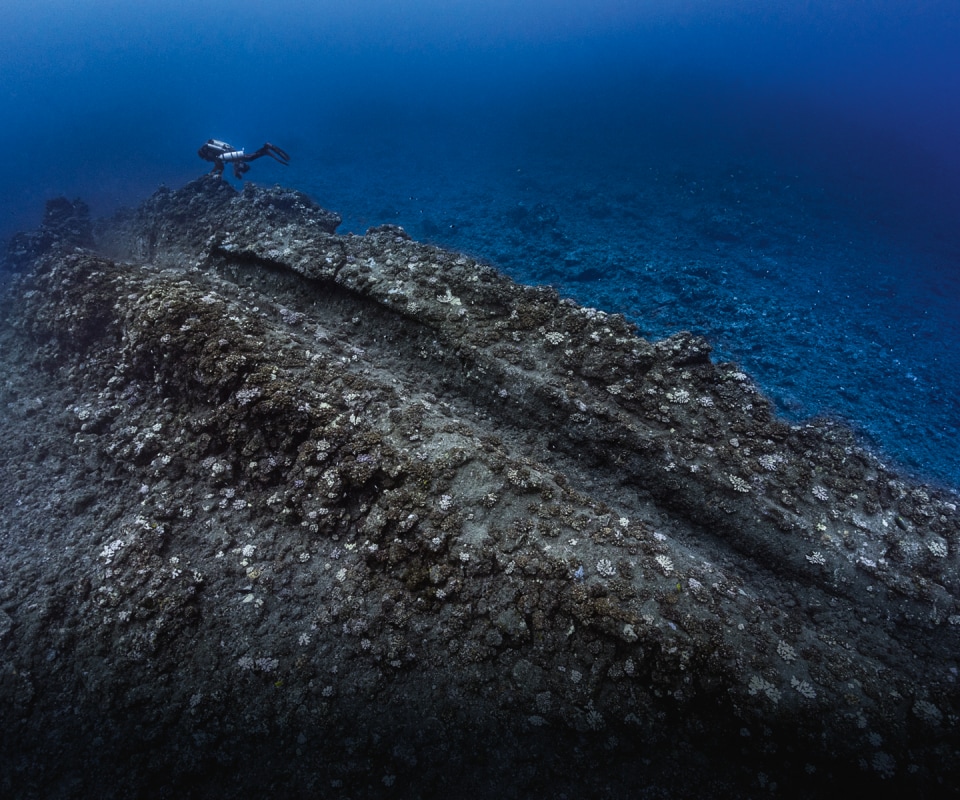
Near the surface, the lava tubes have already lost their roofs and all that remain are cylindrical shoots that corals such as Pocillopora are beginning to colonize.
IT'S A REVOLUTION IN GLORIOUS TECHNICOLOR to combat the grayness of this end-of-the-world decor.
It is time to get closer to the bottom. We are at –120 meters. From close up, we can see that the volcanic rock is not sterile as I believed. Calcareous algae have begun their building work. The volcanic blocks are increasingly stuck to each other by this vegetal cement. A kind of leafy, reddish mortar, like flowers on headstones in a cemetery, brightens up the volcanic rock and brings the promise of a future: it is undoubtedly the first step in sustainable recolonization by living organisms. In fact, the calcareous algae will stabilize the bottom, and make it accessible to sessile invertebrate larvae that require a solid, lasting base. Here and there, little sea fans, sponges, appear. Taking a closer look, the cavities start to appear inhabited. Crustaceans live here and fish come to hide, deep water species such as sea goldies, damselfish, and some that have never before been seen alive. An emotional smile when I encounter a number of them, spotted during the very first Gombessa mission in the deep caves of the famous coelacanth in South Africa.
Between the black basalt spurs, marred with red calcerous algae, are vast, dark sand flats leaning towards the abysses. I have never seen a seabed with so steep a slope. The sand sometimes reaches a 45-degree angle. Here too, when one stops, the black substrate takes on a completely different look. It is made of olivine crystals, veritable glass fragments oscillating between gold and emerald. The oblique slope of this desert is covered in rare, small yet remarkable creatures. Flying gurnards (sea robins), take turns at mimetism and then, on the contrary, appear in full view, using their large colorful pectoral fins, an incandescent comet in the black sand. Showy fire gobies, fuchsia-colored cockatoo waspfish, vivid yellow juvenile wrasse … They have come together: it’s a revolution in glorious technicolor to combat the grayness of this end-of-the-world decor.
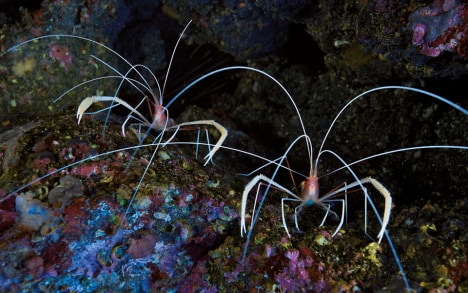
The ghost boxing or cave shrimp (Stenopus pyrsonotus) lives only at great depths of more than 100 meters or in suitably dark caves.
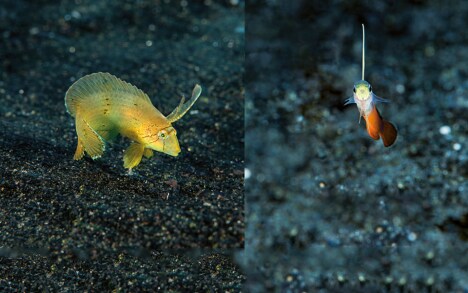
Left: Larvae and juveniles like this peacock wrasse (Iniistius pavo).
Right: The fire goby (Nemateleotris decora).

The oriental flying gurnard (Dactyloptena orientalis).
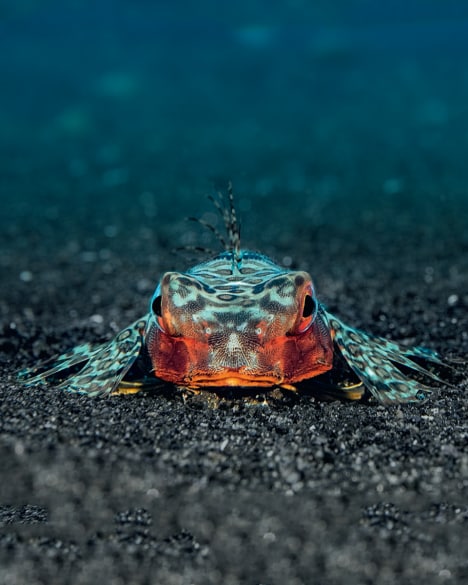
HERE , THE REEF-BUILDING CORALS, THOSE UNRELENTING CONSTRUCTION WORKERS, have resumed their painstaking task.
We are approaching the surface. The never-ending decompression stops will take place underwater at depths of between 5 and 10 meters. Here, the reef-building corals, those unrelenting construction workers, have resumed their painstaking task. On the collapsed remains of an immense lava tunnel, these “animal-plants” have started their labor with not a care in the world for their precarious future, in the event of a flow once again coming to cover everything. Slowly but surely, the ecosystem is re-establishing itself. Under my very eyes, this small clump of coral that cannot be more than 10 years old. Nevertheless, it already houses the soft spotted croucher in its intertwined branches.
Over the next few days, our deep dives resemble journeys into the future. By exploring older lava flows such as that which ravaged part of the town of Piton Sainte-Rose in 1977, today we can see what life on the 2007 flow will look like in 30 years’ time. There is a clear difference. From –80 meters the black volcanic rock has disappeared, encrusted with calcareous algae and the seabed thus appears less dark. Of course, one can still make out the shape of the flows, but the reliefs are less chaotic, less sharp. The marine life has laid down its organic patina, smoothing the tortured rock. It has soothed the wounds. There are more fish and the delicate pink corals such as the Stylaster genus both stud and dominate the landscape.

This blotched anthias (Odontanthias borbonius) only exists beyond 100 meters. Despite being highly sought after by aquarium lovers, there are no photographs of this species in its natural environment.

All along the slopes we explored we noticed that this resplendent goldie male (Pseudanthias pulcherrimus) preferred to remain at the thermocline limit, the point at which the temperature rises abruptly.
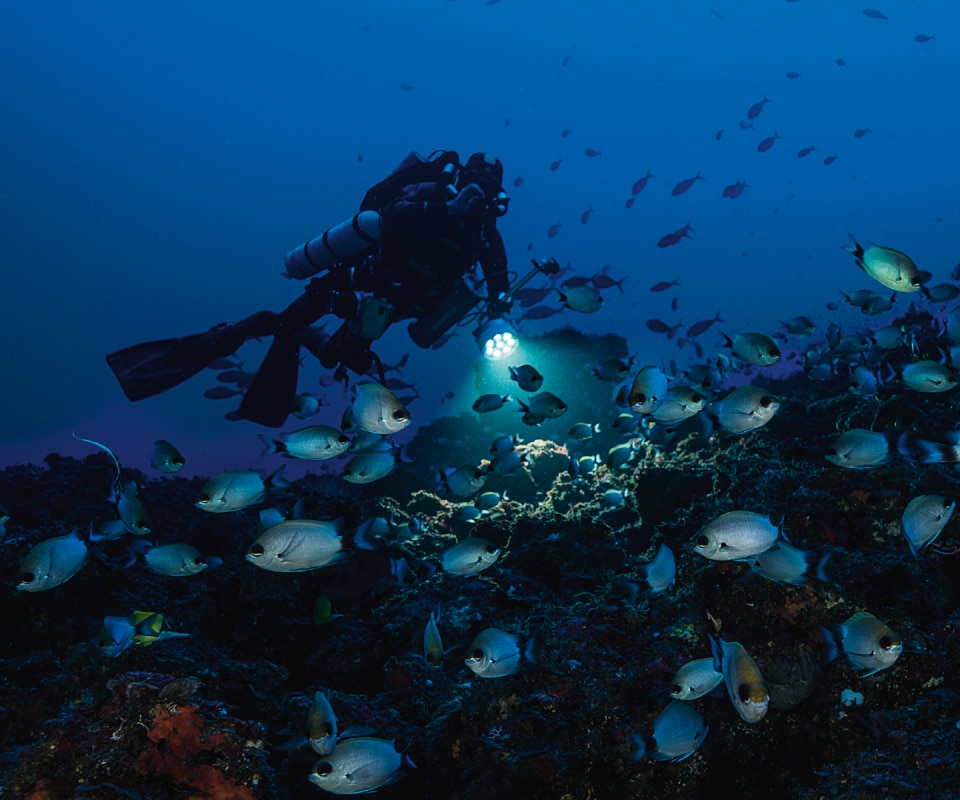
The gray chromis (Chromis axillaris) was first documented at Reunion Island in 2009 following the eruption of the volcano (when the scalded fish rose to the surface). It was neither noticed nor photographed, and yet it is found in large numbers at about 100 meters deep.
Proof once again that this notion of what is rare is entirely relative and just a deceptive reflection of our inability to explore the deep.
Other dives will take place, even deeper, down to –120 meters on even older sites, of volcanic origin obviously, like the entire Reunion Island, but the result of lava flows that nobody can remember, way before our collective memories, maybe even multi-millennium flows. We will find black coral several meters high. On an imposing bed of pink coral lies an enormous, pink and white starfish that makes me feel like I’m finding a long lost friend. This rare, deep starfish, never described, bereft of a scientific name, is an old acquaintance. I have already had an opportunity to photograph it once in years gone by at the same depth but in another ocean. Proof once again that this notion of what is rare is entirely relative and just a deceptive reflection of our inability to explore the deep.
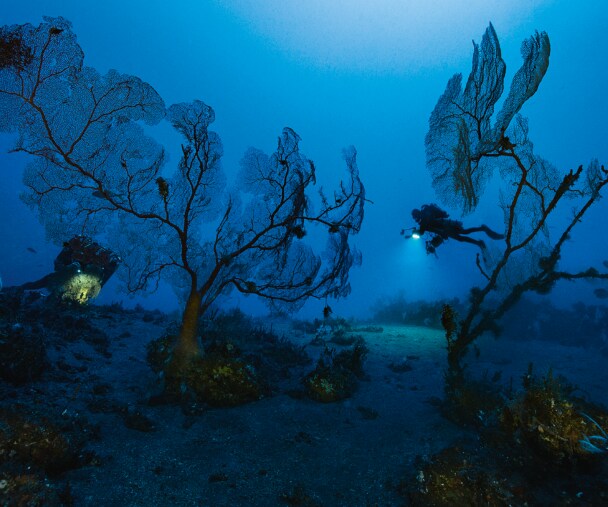
The impressive size of these old gorgonian sea fans indicates that conditions have been stable for a very long time, undoubtedly more than a hundred years.
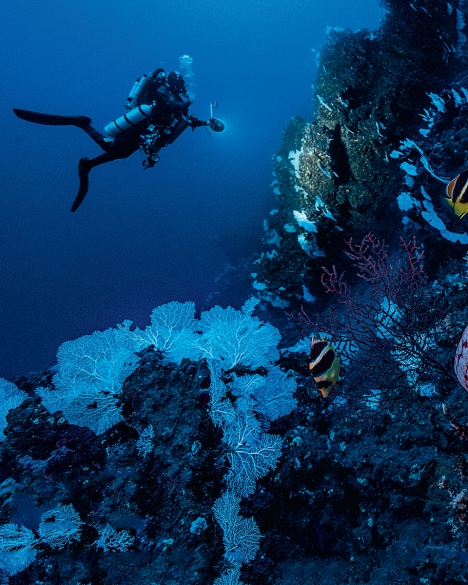
This imposing starfish goes virtually unnoticed: it has still not been given a scientific name and has still not been documented. It is nonetheless found at least from Reunion Island to New Caledonia.
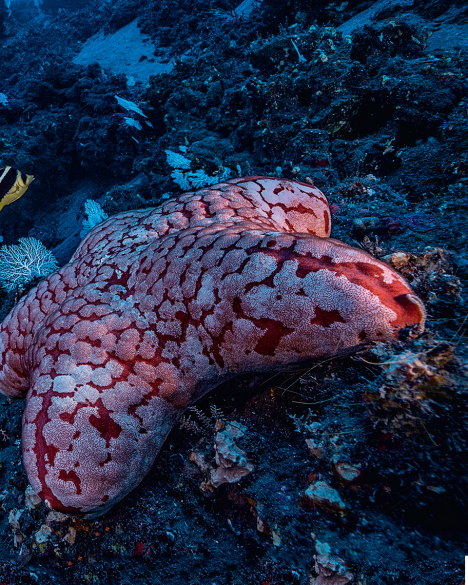

At 70 meters deep, shoals of resplendent goldie females (Pseudanthias pulcherrimus) in the Stylaster coral beds.
My thoughts turn to this great volcano that, ten years ago, burned the ocean. A fairly insignificant event from a long-term perspective.
he next day, the tropical storm arrives. The wind and rain will never stop. Nearly a full week in the grip of a conspiracy between the skies and the seas preventing any new dives and indicating the end of the mission. It doesn’t matter, reaching the inaccessible star is a venture with a great future. There will be other explorations.
Once again, my thoughts turn to this great volcano that, ten years ago, burned the ocean. A fairly insignificant event from a long-term perspective. Despite the fact that life is mortal, it always begins again, because that which is mineral, supposedly unchanging, sooner or later changes and dissipates. Life is made of water and water is more powerful than fire, as everyone knows. •

